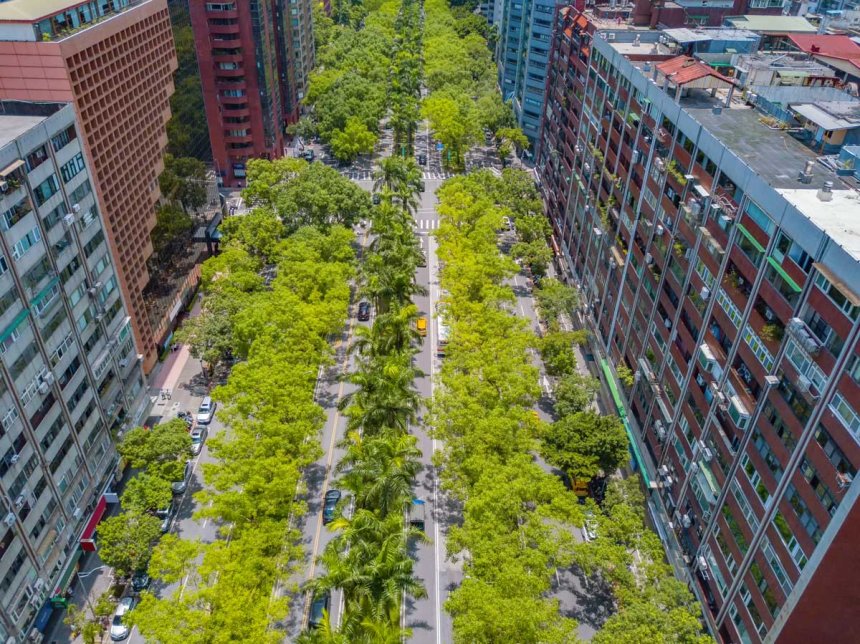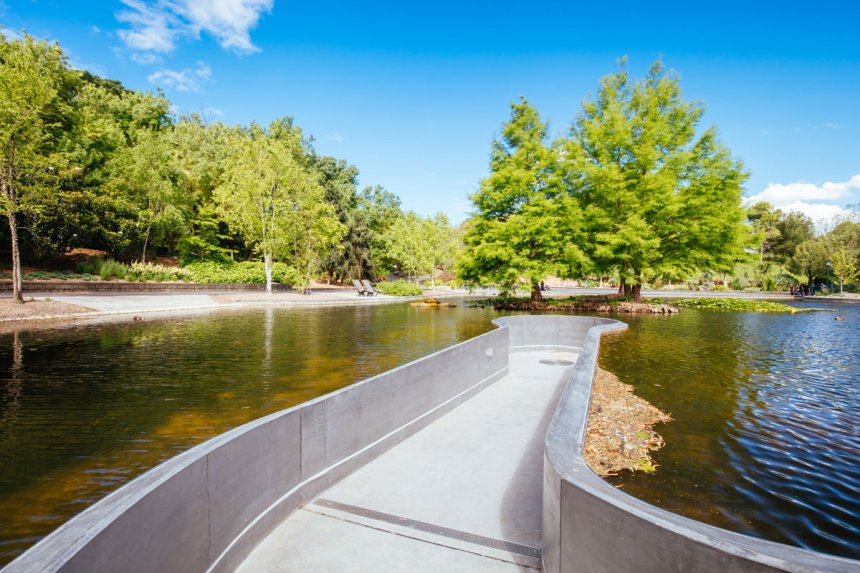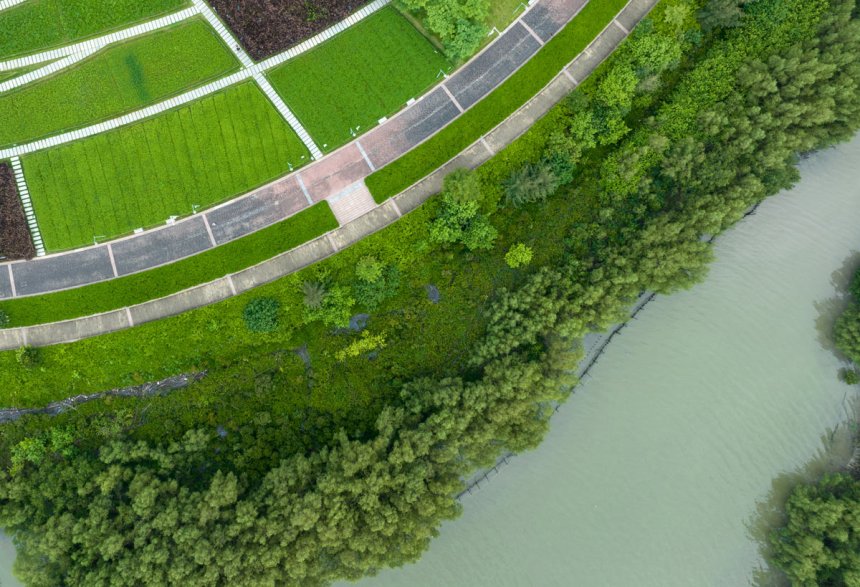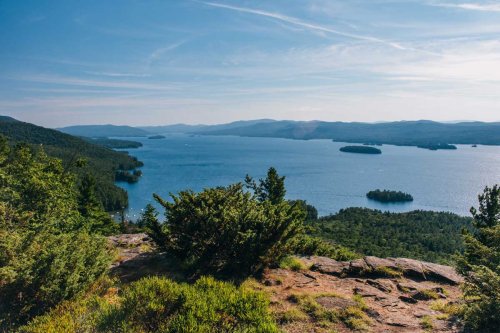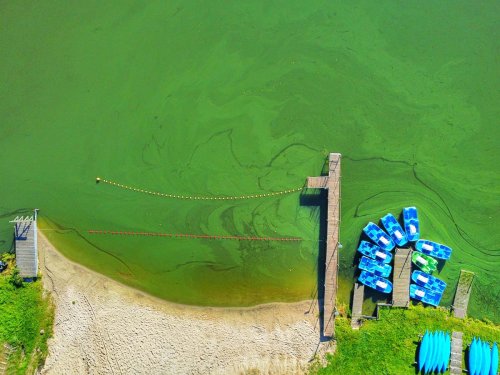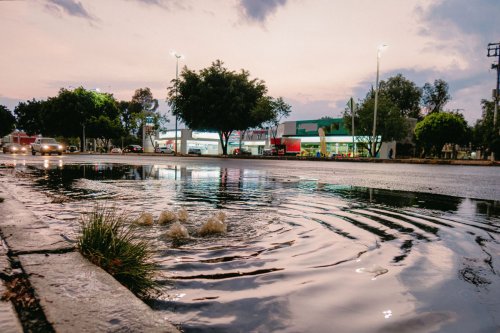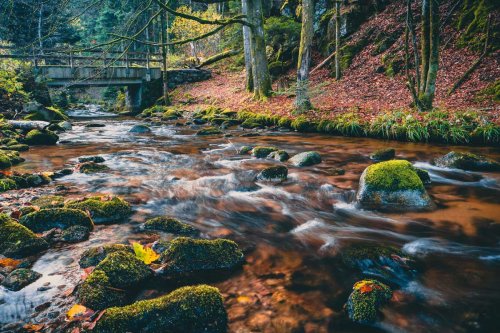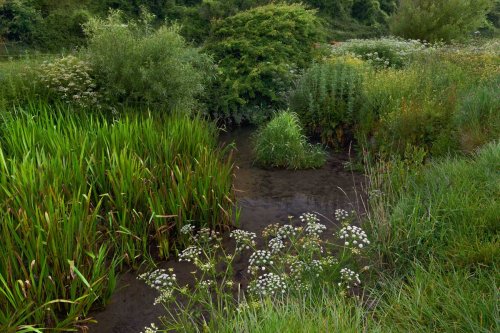How Green Infrastructure Enhances Biodiversity
Green infrastructure is more than attractive landscaping or a novel drainage solution. When thoughtfully designed, it stitches habitat back into paved environments, reconnects fragmented wildlife populations, and delivers measurable ecological services that save municipalities money over time. In short, every bioswale, tree pit, and green roof is a small biodiversity engine.
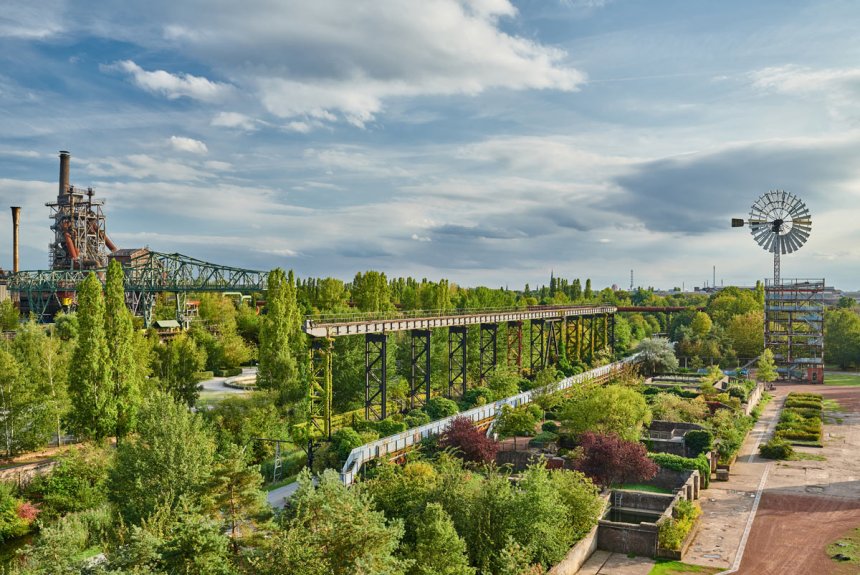
How Green Infrastructure Enhances Biodiversity
Introduction
Green infrastructure (GI) refers to networks of natural and semi-natural features, parks, bioswales, rain gardens, green roofs, riparian buffers, and more, that are deliberately woven into urban and suburban landscapes. While stormwater control and heat-island mitigation often headline GI discussions, its power to revive wildlife populations and genetic diversity is just as important for resilient communities.(frontiersin.org)
Why Biodiversity Matters to Municipalities
Healthy ecosystems underpin services that towns routinely rely on: natural pest suppression, pollination of street-tree and community-garden plantings, cleaner waterways, and even better public health outcomes. Diverse biological communities are also more stable, meaning fewer expensive interventions are needed after floods, droughts, or invasive-species outbreaks.(nature.com)
Ecological Mechanisms Behind GI
| Mechanism | How It Works | Typical GI Elements |
|---|---|---|
| Habitat creation | Native trees, shrubs, and soil microbes supply food, nesting sites, and shelter | Rain gardens, green roofs, pocket parks |
| Landscape connectivity | Vegetated corridors let birds, bats, and insects move safely between patches, reducing isolation | Street-tree canopies, bioswales along roadways |
| Hydrologic & water-quality gains | Slower, cleaner runoff supports sensitive aquatic life downstream | Constructed wetlands, stormwater ponds |
| Microclimate buffering | Shaded, humid niches protect moisture-loving species during heat waves | Urban forests, living shorelines |
| Structural diversity | Layers of vegetation, from groundcovers to overstory, boost niche availability | Riparian buffers, pollinator meadows |
Research comparing GI with “gray” alternatives shows significantly higher species richness across plants, invertebrates, amphibians, and birds.(besjournals.onlinelibrary.wiley.com)
Practice Spotlight: What Works and Why
-
Green roofs – Even eight stories up, shallow-soil roofs planted with native sedums and prairie forbs draw bees, hoverflies, and migrating birds. Pollinator visitation climbs as floral density increases, but extremely tall buildings may limit some bee species, so clustering installations at varying heights helps.(environmentamerica.org, resjournals.onlinelibrary.wiley.com)
-
Bioswales & bioretention cells – These planted channels slow stormwater, trap pollutants, and host moisture-tolerant grasses and sedges that attract butterflies, tree frogs, and songbirds. Studies report notable upticks in macroinvertebrate abundance and reductions in pathogens harmful to aquatic life.(alphaenvironmental.net, mdpi.com)
-
Riparian buffers and constructed wetlands – Wide, vegetated stream margins filter runoff while supplying breeding habitat for dragonflies, freshwater mussels, and shade-adapted fish fry. Incorporating coarse woody debris and varying bank slopes multiplies habitat options.
Design Tips for Maximizing Biodiversity
-
Go native, go diverse – A mix of locally adapted species provides year-round forage and resists pests better than monocultures.
-
Layer vertically – Include groundcovers, shrubs, understory, and canopy where space allows to mimic natural forest structure.
-
Minimize hard edges – Gentle side slopes or staggered planter edges encourage amphibian and small-mammal movement.
-
Plan for water – Shallow pools or “splash zones” in rain gardens support dragonflies and drinking spots for birds.
-
Use soil biology – Inoculate engineered soils with compost or mycorrhizal fungi to jump-start invertebrate and microbial communities that underpin plant health.(home.dartmouth.edu)
Tracking Success
Municipal staff can monitor:
-
Species richness and abundance - quarterly pollinator counts or bird-point surveys.
-
Habitat quality indices - e.g., Floristic Quality Assessment for plantings.
-
Water-quality parameters - nutrients, temperature, dissolved oxygen in adjacent streams.
Citizen-science platforms such as iNaturalist add low-cost observational data and community engagement.
Green infrastructure is more than attractive landscaping or a novel drainage solution. When thoughtfully designed, it stitches habitat back into paved environments, reconnects fragmented wildlife populations, and delivers measurable ecological services that save municipalities money over time. In short, every bioswale, tree pit, and green roof is a small biodiversity engine. Collectively, they can transform cities and towns into thriving, resilient ecosystems.
Share
What's Your Reaction?
 Like
0
Like
0
 Dislike
0
Dislike
0
 Love
0
Love
0
 Funny
0
Funny
0
 Angry
0
Angry
0
 Sad
0
Sad
0
 Wow
0
Wow
0

